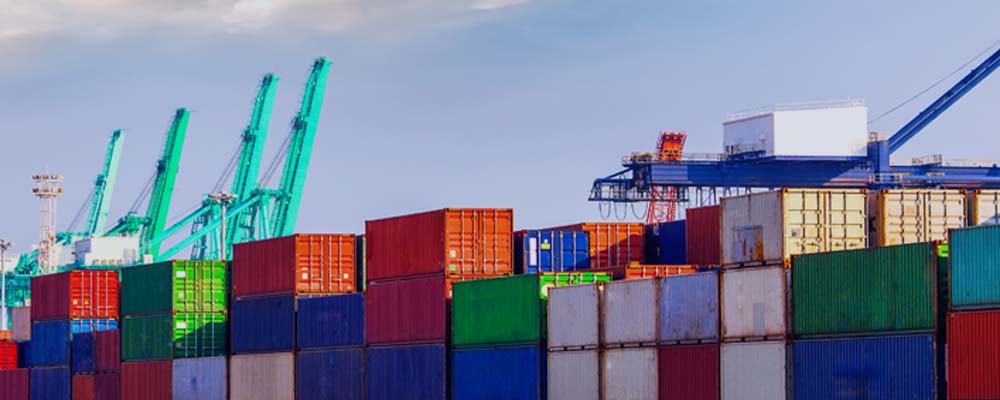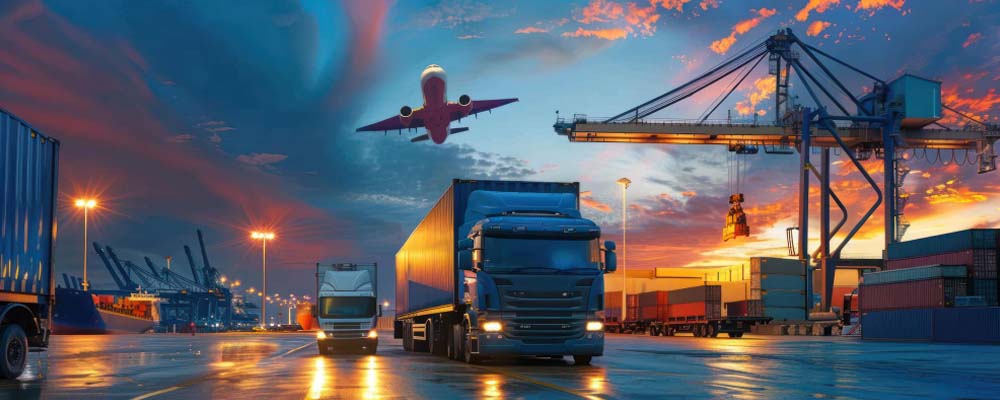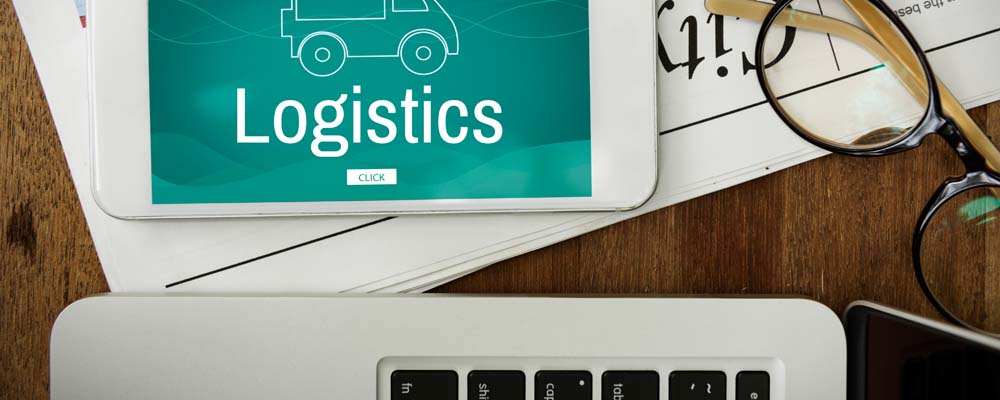 Located in the heart of Southeast Asia, the Philippines is a developing hub for international trade. The country is one of the target markets for expanding businesses in different industries.
Located in the heart of Southeast Asia, the Philippines is a developing hub for international trade. The country is one of the target markets for expanding businesses in different industries.
This blogpost is geared towards informing newcomers and experienced importers of the basic importation processes to the Philippines.
 What are the Ways to ship to the Philippines?
What are the Ways to ship to the Philippines?
The mode of shipment will depend on factors such as the type of goods, budget issues, delivery timeframes, and logistical considerations.
Here are the options when shipping to the Philippines:
- Ocean Freight: This is the most common method of shipping to the Philippines. It is a preferred option for shipping due to its cost-effective options for full container loads (FCL) and less than container loads (LCL).
- Air Freight: This is the quickest mode of shipping goods to the Philippines and naturally more expensive than ocean freight. It is typically the choice for time-sensitive and high-value shipments.
- Intermodal Transportation: The movement of cargo in this method is combined ocean, air and land transportation for shipment optimization.
What are the Main Ports in the Philippines?
The Philippines is an archipelago, so it has extensive coastlines that are applicable for maritime trade. Entry points are major ports such as Port of Manila, Port of Batangas, Port of Cebu, Port of Davao and Port of Subic.
Port of Manila is the largest and busiest port as it is situated in Manila, the capital city of the country while Port of Batangas is an alternative entryway to Metro Manila and Luzon. Meanwhile, the Port of Cebu is the main gateway for the Visayas region and the Port of Davao is primarily the shipping hub in Mindanao.
| Port | Handling Capacity Annually |
| Port of Manila | 5,474,484 TEUs |
| Port of Cebu | 820,000 TEUs |
| Port of Batangas | |
| Port of Subic | 600,000 TEUs |
| Port of Davao | 544,000 TEUs |
How much does it cost to ship a container to the Philippines?
Expenses related to shipping a container to the Philippines depend on the nature of goods, origin port, the destination port, the shipping company, the mode of transportation and current market conditions.
| Country | 20ft | 40ft |
| United States | $1,500 to $3,500 | $3,000 to $7,000 |
| European countries | $1,500 to $3,500 | $3,000 to $7,000 |
| Asian countries | $1,000 to $2,500 | $2,000 to $5,000 |
What is the Transit Time when shipping to the Philippines?
Here’s the estimated transit time when shipping via ocean freight to the Philippines:
| Country | Weeks |
| United States | 4-6 weeks |
| European countries | 4-6 weeks |
| Other Asian countries | 2-5 weeks |
These are just a rough estimate and may vary depending on different factors such as the type of goods imported, customs clearance procedures, port congestion, and other unforeseen circumstances.
What paperwork is needed for international shipments to the Philippines?
According to the International Trade Administration, bringing goods to the Philippines requires:
- Bill of Lading or Airway Bill
- Commercial Invoice
- Packing list
- Supplemental Declaration on Valuation
- Documents as may be required by rules and regulations, such as:
- Import Permit/Clearance
- Proof of Origin for Free Trade Agreements
- Authority to Release Imported Goods
- Advance Ruling, if the ruling was used in the goods declaration
- Load Port Survey Reports or Discharge Port Survey Reports – used for bulk or break-bulk importations
- Document proving exemption from duties and taxes, and
- Others – Tax Credit Certificate or Tax Debit Memo
Imports are checked and verified by the Bureau of Customs – Customer Assistance and Response Services and the Bureau of Import Services of the Department of Trade and Industry. The goods are categorized as:
- Freely Importable- No need for special permits or licenses to import these goods to the country as they are deemed safe for importation and do not pose risks to public health, safety, or security.
- Regulated– Special permits, licenses, or clearances from appropriate government agencies are required beforehand. Certain conditions or restrictions may apply including quantity limits, quality standards, or specific requirements imposed by regulatory authorities.
- Restricted – These goods must adhere to strict regulations and limitations on importation compared to the first two categories as they may cause threats to the security, public health, environmental protection, or cultural preservation of the Philippines.
- Prohibited – These are strictly prohibited from being imported into the Philippines as they may cause significant threats to the country’s public health, safety, security, or the environment.
 How do I find a freight forwarder in the Philippines?
How do I find a freight forwarder in the Philippines?
Shipping companies and freight forwarders can help you facilitate importation to the Philippines. If you are looking for a reputable freight forwarder, Pangea might be the right fit for you.
With an extensive network of partners across the globe, Pangea can handle logistics, documentation, customs clearance, and coordination with port authorities for a smooth importation experience. Visit https://pangea-network.com/ for more information.
Frequently Asked Questions
- What is the estimated transit time for shipping a container to the Philippines?
Transit time when shipping via ocean freight to the Philippines takes about 2 to 5 weeks if coming from other Asian countries. If the goods originated from the US or European countries, delivery might be from 4 to 6 weeks.
These are just a rough estimate and may vary depending on different factors such as the type of goods imported, customs clearance procedures, port congestion, and other unforeseen circumstances
- How do you figure out the shipping cost to the Philippines?
Expenses related to shipping a container to the Philippines depend on the nature of goods, origin port, the destination port, the shipping company, the mode of transportation and current market conditions. See estimates above.
 Conclusion
Conclusion
With thorough preparation, you can easily navigate the complexities of shipping logistics and make your business grow with the opportunities that the Philippine market has to offer. Keeping in mind the procedures and the requirements noted in this article together with the help of a reliable freight forwarder like Pangea, you can no doubt easily undertake importation to the Philippines.
 What are the Ways to ship to the Philippines?
What are the Ways to ship to the Philippines? How do I find a freight forwarder in the Philippines?
How do I find a freight forwarder in the Philippines? Conclusion
Conclusion